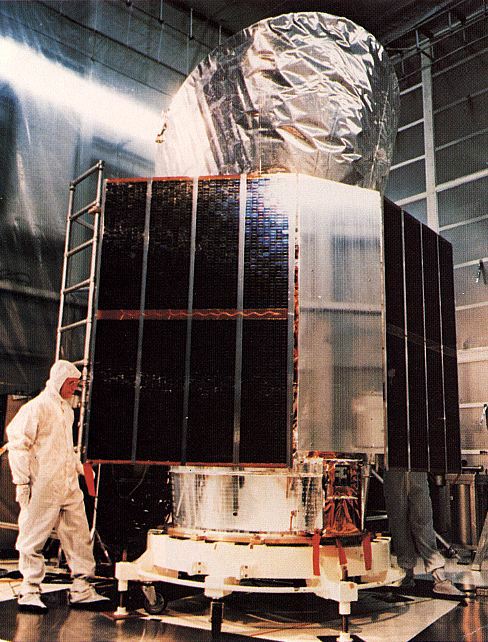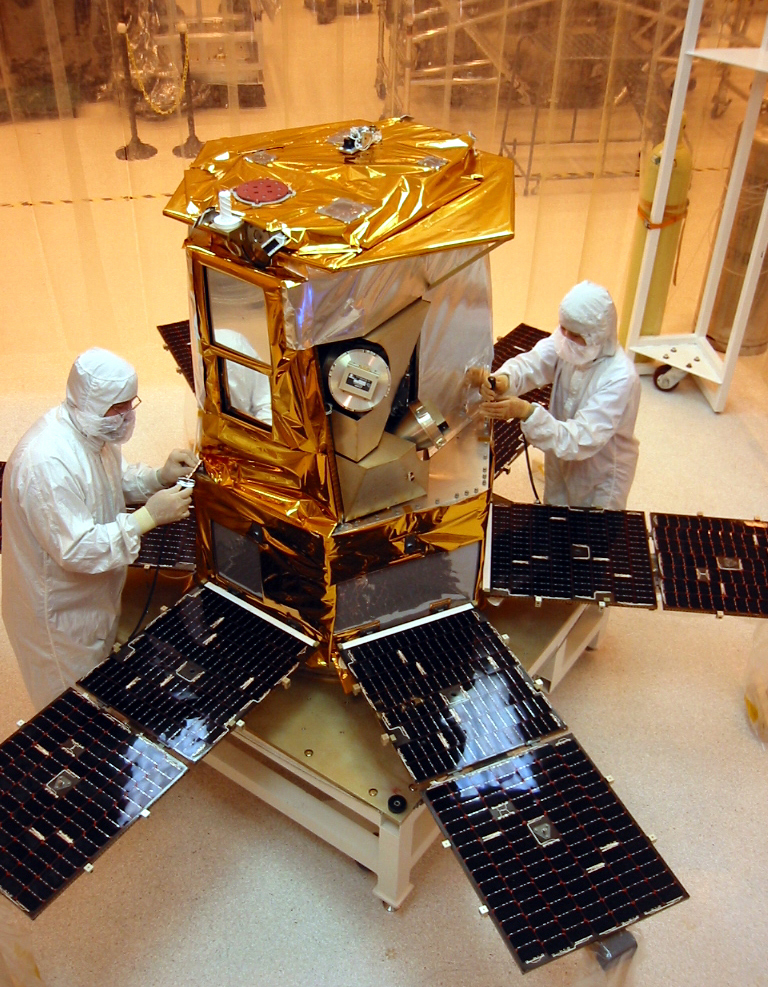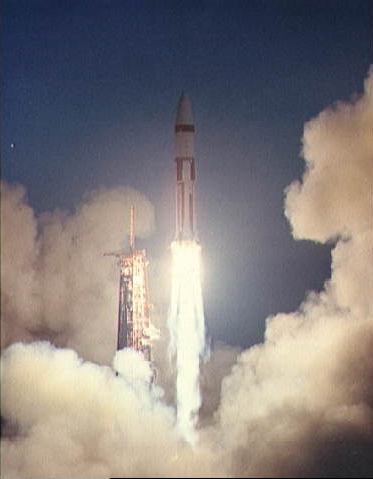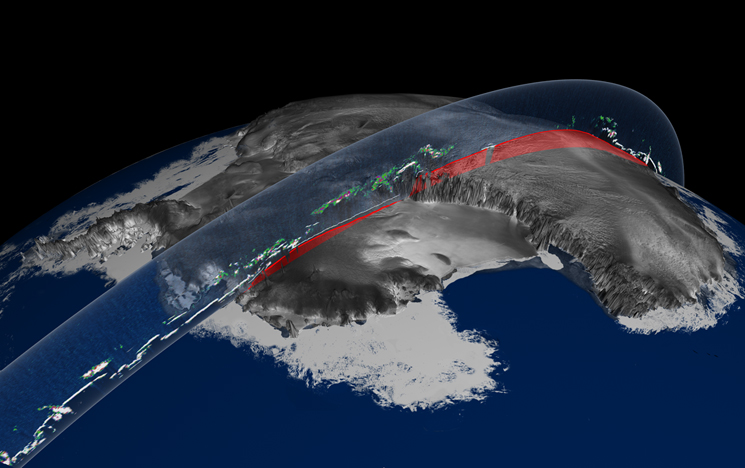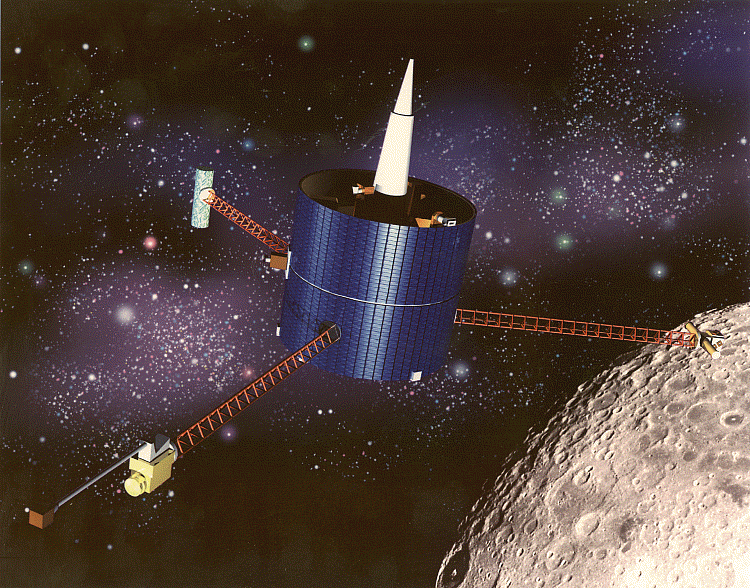Fifty-five years ago today — January 31, 1958 — a Jupiter C launch vehicle carried the first successful U.S. satellite into orbit from Cape Canaveral.
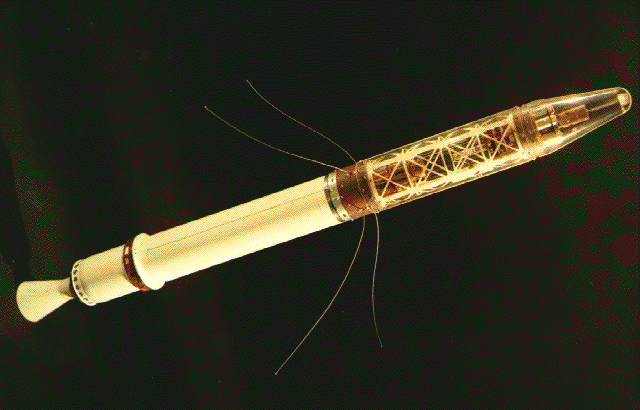
(Explorer 1. NASA image.)
Explorer 1 launched late in the day — at 10:48 p.m. EST, or 03:48 Universal Time on February 1st — and was actually the Jupiter C rocket’s fourth stage. The rocket itself was a combination of a Redstone rocket that was the Jupiter’s first stage, and three sets of Sergeant solid rocket motors: eleven in the Jupiter’s second stage, three in the third, and one that drove the fourth stage satellite.
Explorer 1 carried a Geiger-Mueller detector to sense cosmic rays, and
was the first spacecraft to successfully detect the durably trapped radiation in the Earth’s magnetosphere, dubbed the Van Allen Radiation Belt (after the principal investigator of the cosmic ray experiment on Explorer 1, James A. Van Allen). Later missions (in both the Explorer and Pioneer series) were to expand on the knowledge and extent of these zones of radiation and were the foundation of modern magnetospheric studies.




